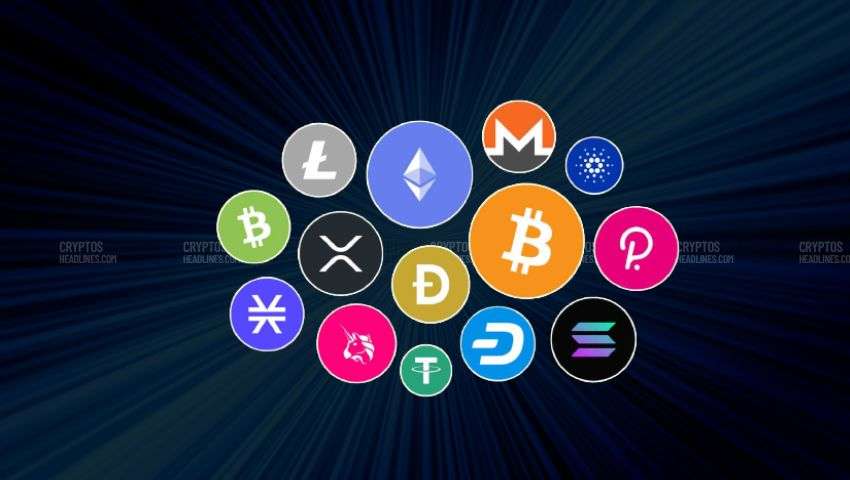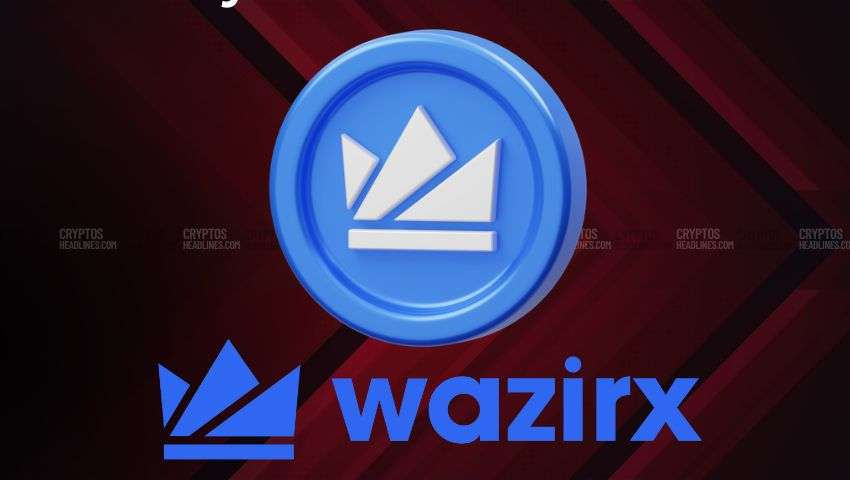BitMEX’s Acting CEO and Group CFO, Stephan Lutz, suggests that crypto exchanges making profits from proprietary trading should no longer rely on internal market making teams. Lutz believes that such teams have become unnecessary due to the industry’s growth and maturity.
Lutz mentioned that with the presence of numerous High Frequency Traders (HFTs) and proprietary trading firms, there are enough liquidity providers available to fill market gaps when there is a shortage of buyers or sellers. He emphasized that crypto exchanges no longer need to rely on internal market making teams for this function.
Crypto.com, the Singapore-based exchange, came under scrutiny as reports surfaced about its internal proprietary trading and market making teams. Concerns were raised regarding potential conflicts of interest.
Crypto.com stated that these teams are treated like any other third party and are responsible for ensuring tight spreads and efficient markets on the platform. BitMEX, once the largest crypto derivatives exchange, also employs internal traders through a separate entity called Arrakis Capital. However, the role of Arrakis has evolved to primarily serve as a “treasury desk.”
This shift reflects the natural progression observed in crypto exchanges, where more mature companies and institutional liquidity providers play a greater role.
Arrakis played a significant role:
Arrakis, currently operating with a small team, is now separate from BitMEX both technologically and organizationally. Its current functions are limited and include converting bitcoin commission fees into fiat currency for operational expenses, hedging BitMEX’s token holdings, and providing market making services for BitMEX’s token BMEX. Previously, Arrakis had a broader role but now operates within tighter constraints.
According to Lutz, Arrakis significantly reduced its market-making activities in 2020. In the past, during BitMEX’s peak period, the exchange held a dominant position in the crypto futures market, with a substantial trading volume. However, following legal challenges faced by BitMEX and its founders, the platform’s trading volume has significantly decreased.
In May of this year, BitMEX accounted for a smaller portion of the overall bitcoin futures market compared to its previous dominance.
During the same period, BitMEX faced allegations of trading against its own customers, which led to public disputes between former CEO Arthur Hayes and economist Nouriel Roubini on Twitter. These incidents became popular memes in the crypto community.
Lutz, although joining the company in 2021, examined the data and confirmed that the trading desk was always separate from customer trading. In the past, Arrakis played a significant role as a market maker for BitMEX, as other exchanges also followed similar practices to ensure reliable liquidity in their order books.
However, regulatory pressure has recently caused some market making firms, such as Jump and Jane Street, to move operations offshore.
In mid-2022, BitMEX considered rebuilding Arrakis, but the plans were put on hold due to the turmoil involving Sam Bankman-Fried’s Alameda Research and FTX that affected the industry.
The tech team at Arrakis expressed interest in re-entering the market making field, but after conducting tests, BitMEX’s founders and management decided against pursuing it, as explained by Lutz.
Increased scrutiny on internal traders:
Lutz mentioned that exchanges with trading teams have faced increased scrutiny following the incident involving FTX. He noted that while most large companies have traders as part of their treasury function, there is a difference between that setup and internal teams operating similar to a hedge fund, like Alameda was alleged to do. Lutz identified several warning signs that can help distinguish between the two approaches.
Lutz highlighted three key factors to determine if there is a distinction between trading teams: the separation of client and house funds, access to data including client positions and strategies that could lead to front-running, and the ability to significantly impact the markets on their own exchange.
Lutz also mentioned that the fee structure of an exchange can help distinguish between operations like Alameda and regular internal trading teams. Exchanges that charge minimal or no transaction fees might indicate their focus on attracting trading volume for market-making purposes, raising potential concerns.
Important: This article is intended solely for informational purposes. It should not be considered or relied upon as legal, tax, investment, financial, or any other form of advice.
Follow Cryptos Headlines on Google News
Join Cryptos Headlines Community













